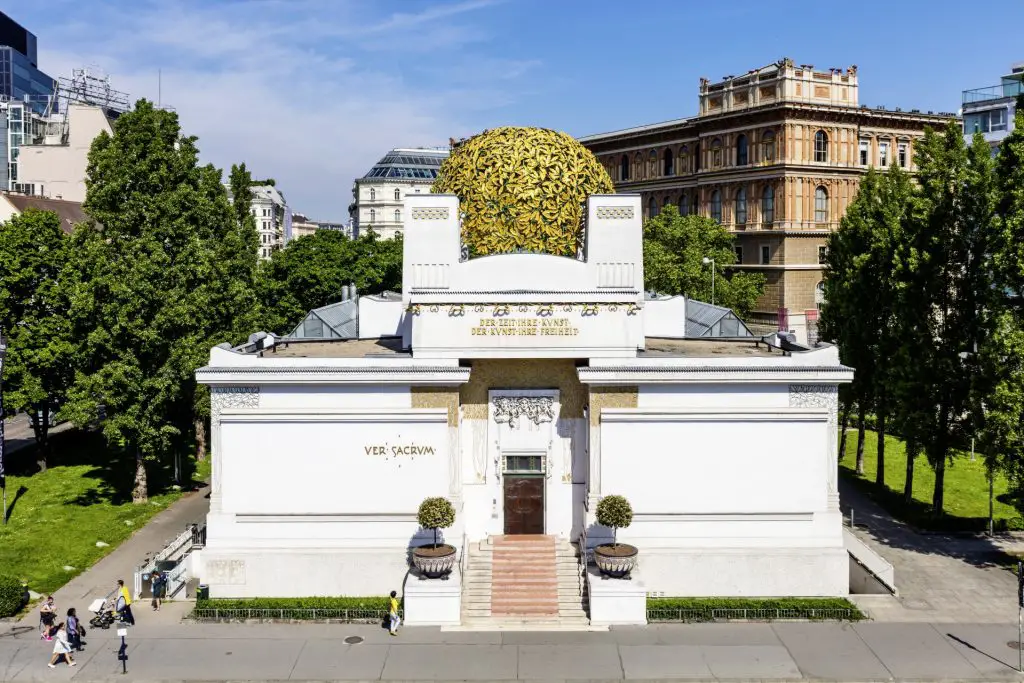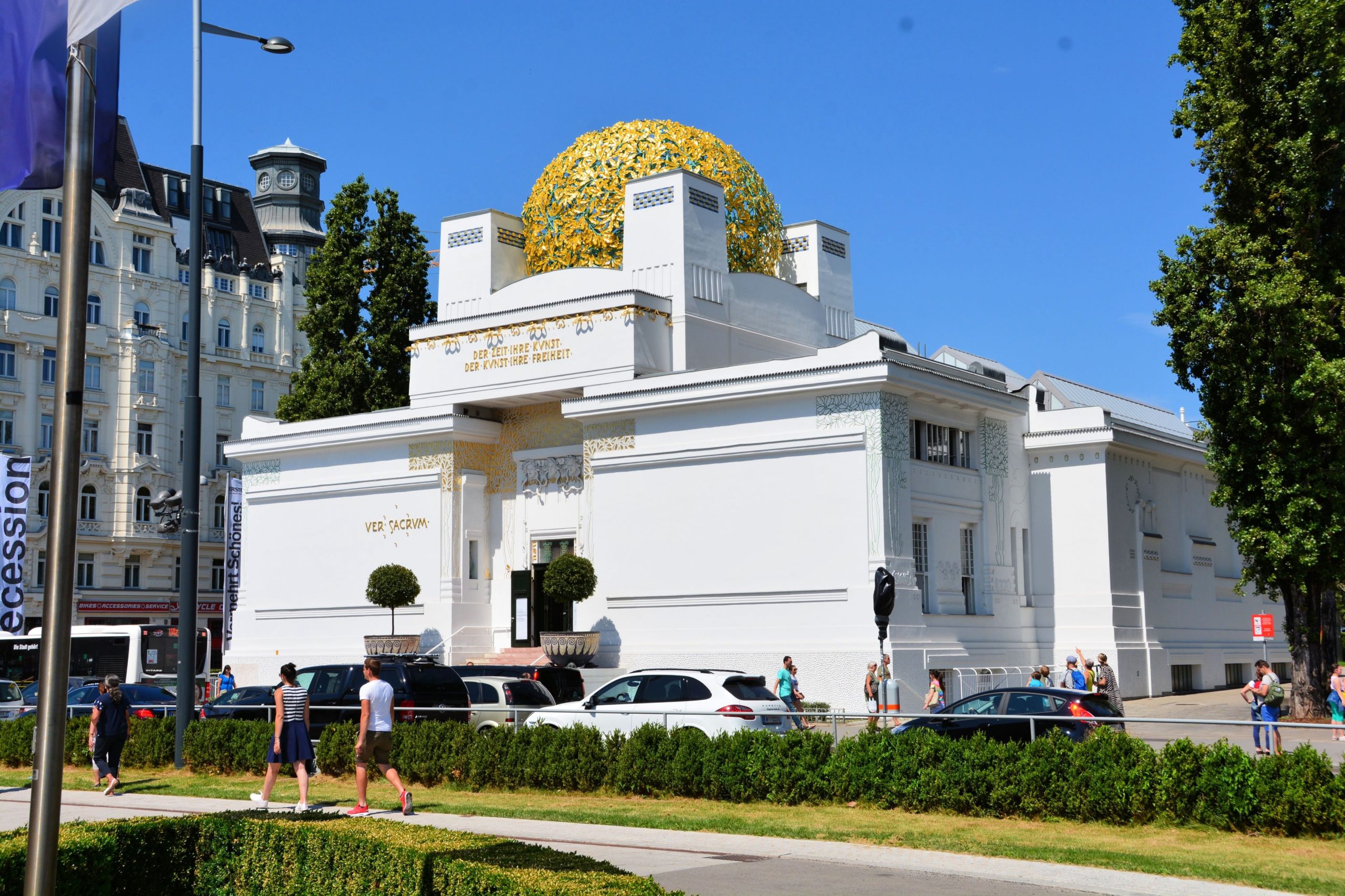


Olbrich thus remains a “great unknown” who had an impact which is often underestimated. Since many of Olbrich’s works were destroyed by war-related events, and since the documents on the architect’s work ended up being scattered to the most varied locations, the significance of this artist-architect – who died quite young – is not nearly as well anchored in the public mind as, for example, that of his contemporaries Henry van de Velde, Josef Hoffmann and Peter Behrens. Architects of the modern era such as Erich Mendelsohn, Bruno Taut and Le Corbusier took important impulses from the design elements that characterized Olbrich’s oeuvre. Olbrich is viewed as the central figure of the reform efforts that took place around 1900, and he influenced and shaped the ideas of the generation that followed. To this day, there exists no comprehensive monograph on the artist. It has been 26 years since the last major Olbrich exhibition, which catalog has long since become unavailable. Olbrich’s body of works, which is exemplary for the turn of the last century, is still quite difficult to comprehend as a whole – despite the brief timeframe within which it was created. This exhibition will take place in Darmstadt and in Vienna, Olbrich's two main places of work, and will present numerous items from collections in Germany and Austria. The findings of the theoretical discourse which resulted, as well as various designs, plans and objects (some of which were discovered only during this process), are to be used to stage a comprehensive Olbrich retrospective. An academic symposium held in July of 2008 by Institut Mathildenhöhe opened up new approaches to Olbrich's body of works both for researchers and for the interested public. The hundredth aniversary of his death in 2008 provided an opportunity to devote renewed and in-depth attention to his extremely complex oeuvre, which ranges from architecture to interior decorating and garden design, and from applied arts to the design of industrial forms. Olbrich is one of the most outstanding personalities in architecture and arts and crafts from the period around 1900, and he is closely associated with the development of modern forms and living environments. The works on loan from public and private collections in Germany and Austria are to include furniture, textiles, drawings and watercolors. This large-scale retrospective is to present around 300 individual works by this architect and universal artist, thereby putting Olbrich's oeuvre into the aesthetic context of Viennese Modernism. In the summer of 2010, the Leopold Museum will be joining with Institut Mathildenhöhe Darmstadt to mount the most comprehensive exhibition to date on the oeuvre of Joseph Maria Olbrich (1867-1908). Urban Planning and Iconic Architecture in Vienna: The Steinhof Church and the Majolikahaus are even pictured on coffee mugs available to purchase as souvenirs.An exhibition of Institut Mathildenhöhe in cooperartion with the Leopold Museum and Kunstbibliothek - Staatliche Museen zu BerlinĪn Architect, Designer and Universal Artist.Moderne Architektur, Wagner's 1896 book on modern architecture continues to be studied.

Architecture critic Ada Louise Huxtable has described it as a time "full of genius and contradiction," characterized by a kind of bipolar architecture of simple, geometric designs adorned with fanciful Jugendstil ornamentation.

The Industrial Revolution was offering new construction materials and processes, and, like architects of the Chicago School, a group of artists and architects in Vienna were finding their way to what we consider Modernity. Vienna Moderne, a transitional time in European architecture.On the Secession exhibition hall in Vienna are these German words: der zeit ihre kunst (to every age its art) and der kunst ihre freiheit (to art its freedom). The Secession was based on the belief that art and architecture should be of its own time and not a revival or imitation of historic forms such as Classical, Gothic, or Renaissance. Vienna Secession, founded in 1897 by a union of Austrian artists, Wagner was not a founder but is associated with the movement.Art Nouveau in Vienna, a "new art" known as Jugendstil.


 0 kommentar(er)
0 kommentar(er)
